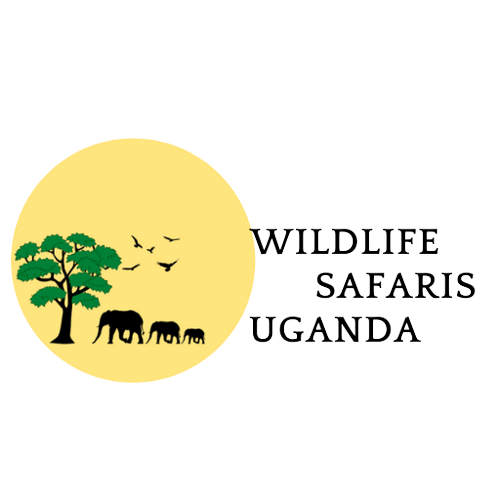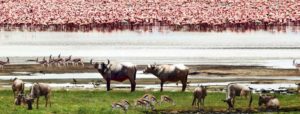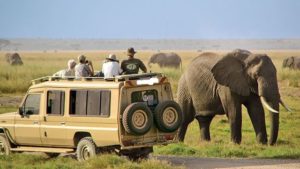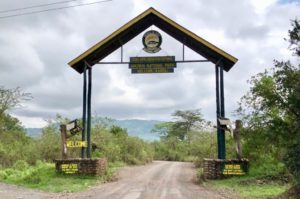Mount Kilimanjaro national park covers a total land area of 1,688 square kilometers with all the surrounding montane forest belt which is above 1,820 meters above sea level. This is one of the most visited national parks in Tanzania third to Serengeti and Ngorongoro crater respectively. The park was declared a game reserve in 1921 and designated as a forest reserve in 1973
The park is gifted with a lot of nature with both fauna and flora, a wide range of animals are found in the park-like grey duiker, bushbuck, tree hyrax, cape buffalos, forest elephants, blue monkeys, bush babies, and many more animals. Kilimanjaro national park has different tree species from the lower slopes of the mountain to the highest bamboo land.
Kilimanjaro National Park Trails
When it comes to talking about trails, really you are talking about routes up the mountain. There are seven different routes that provide opportunities for the ascent to the summit.
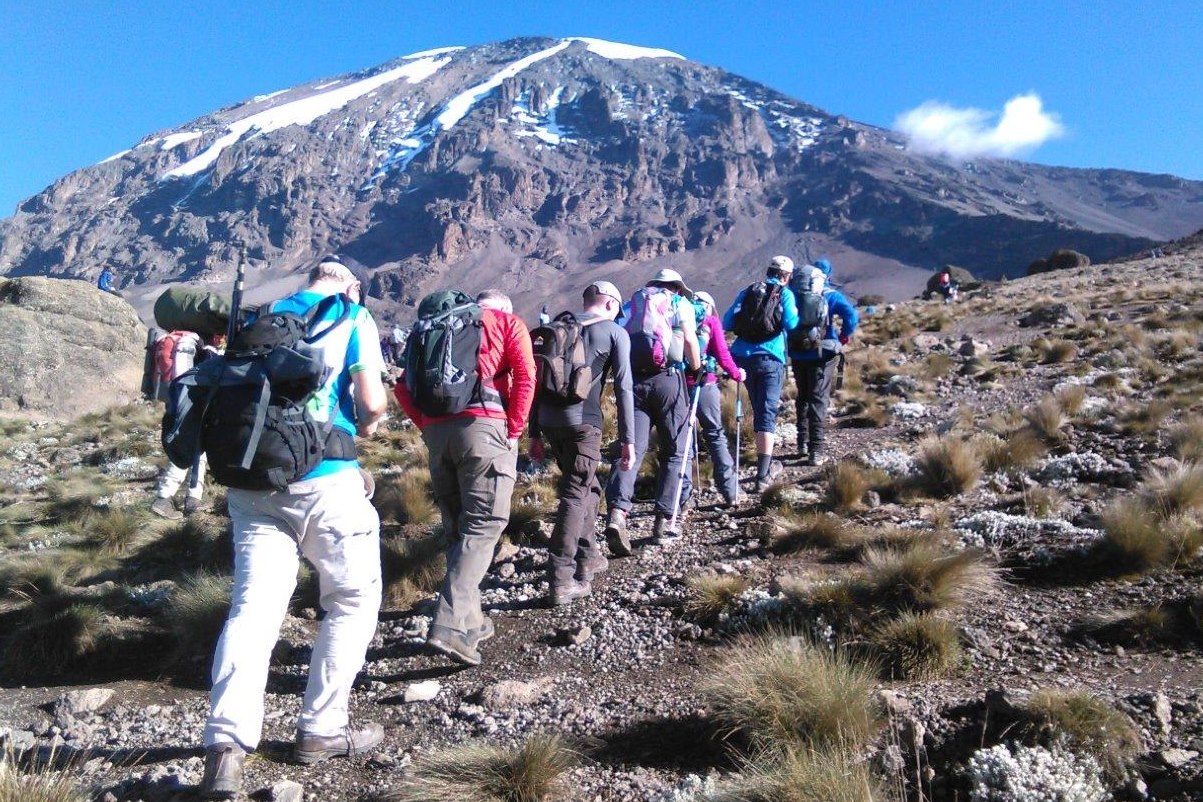
Southern Routes: Marangu, Machame, and Umbwe are the three routes that ascend from the south.
Western Routes: Lemosho, Shira, and Northern Circuit are the three routes that ascend from the west.
Northern Route: There is only one route that ascends from the north known as Rongai.
The Marangu Route, affectionately called the Coca Cola Route, is one of the more popular routes for the traditional visitor. It features one of the more gradual slopes as well as provides sleeping huts along the way. It is the oldest and most established route.
Approximately 25,000 people attempt the ascent each year. Altitude sickness and exhaustion are the primary roadblocks to a successful climb. Around 66% of those who attempt the trek up Mount Kilimanjaro are successful.
Wildlife of Kilimanjaro national park
Kilimanjaro national park is a distinctive protected area found in Tanzania, the uniqueness of its wildlife makes it an outstanding destination for wildlife safaris in the country. The wildlife in Kilimanjaro national park might not be comparable to that found in the other national parks like Serengeti, but it is worth a visit. Kilimanjaro is a home to a number of wild animals like elephants, cape buffaloes, and antelopes among others.
The wild population in Kilimanjaro national park is supported by the park’s proximity to a number of other more dense national parks in terms of wild animals. Kilimanjaro national park is connected to Amboseli national park, It also acts as a corridor to Arusha national park and tsavo national park; even though the corridors are encroached which has led to the migration of the wildlife to other national parks.
The wildlife in Kilimanjaro park is still at stake from the stress exerted by the external forces such as the local communities like gardening on the park’s land and harvesting of resources from the national park without permission, downstream pollution, invasive species, wildfires and the climatic change, development of tourism infrastructure, plus other activities that result into encroachment on the park’s land. However, education and involvement of all the Kilimanjaro national park stakeholders are vital to helping reduce the threat to the wildlife in the national park.
Things to do in Kilimanjaro National Park
Hiking to Uhuru peak
It is everyone’s dream who come to do ant Activities in Mount Kilimanjaro to hike up to the peak. Celebrations always follow every successful hike to the peak, depending on the fitness of the guests one can choose which route to take from the 6 hiking Routes of Mt Kilimanjaro. The hiking routes include Machame route, Rongai route, Shira Route, Lemosho Route, Marangu route and Umbwe Route route. Hiking to the top of the mountain can take from 6 days to 8 days depending on the fitness and the route the guest chooses.
Animal viewing
Mt Kilimanjaro national park is a home of over 30 animal species spread to different habitants and the vegetation zoning. Animal viewing is one of the most common Activities in Mount Kilimanjaro. The park inhabits both small and big game like Bushbabies, Dik-dik, Duiker, Bushbucks, Forest Elephants, Hyenas and many more. Guest who are not sure of their fitness most times come to the park for animal viewing only, escorted by the park rangers they move around the park to look for these animals. On a lucky day one can easily spot the rare leopards at the park, hyenas, buffalos, baboons, Mongoose, and others.
Birding:
Birding is possible in Kilimanjaro Park due to the presence of ecosystems that support the flourishing of avian life on the mountain slopes and the base of Kilimanjaro Mountain. Kilimanjaro national park is home to over 150 bird species some of which are migratory birds form southern Europe and North Africa. Visiting Kilimanjaro national park is a chance for you to spot birds like the white checked raven, resident black shouldered kite, the long-tailed trogon, the gabar gashawk, blue napped mouse bird, the African fish eagle, horn bills, among others. The chance for you to see the migratory birds is greater during November to April, Mount Kilimanjaro national park.
Nature Walks
Nature walks in mountain Kilimanjaro national park are conducted along the gentle slopes of mountain Kilimanjaro itself. The nature walks in the park offer you with a chance to see a number of animals at a closer look, for example the primates in the tree canopies of the mountain forest, lizards, butterflies and a number of birds.
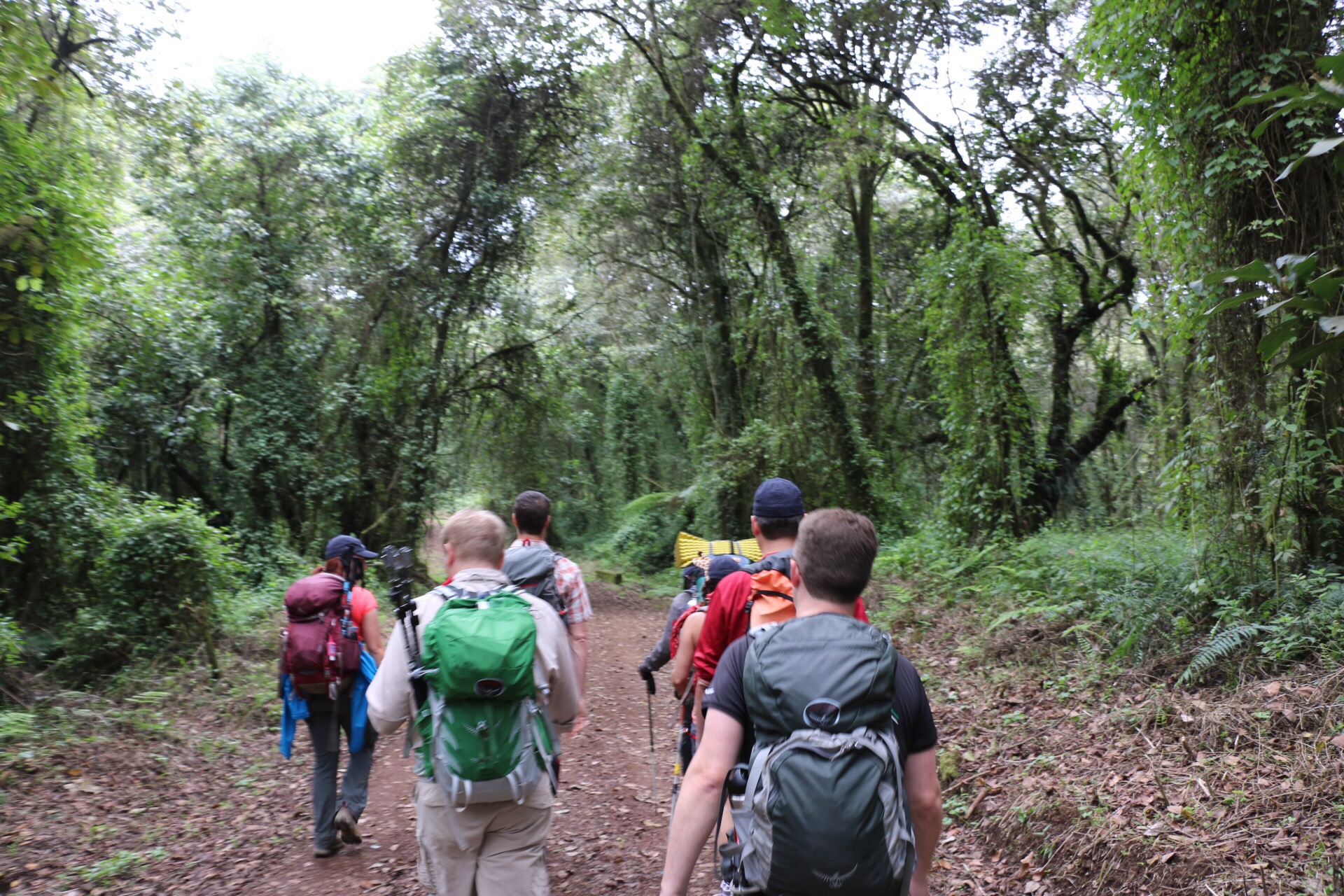
Camping is yet another activity to do during your visit to Kilimanjaro national park. Camping offers an exclusive epic time in the bush. There are over 32 camping sites along the hiking routes to the top of mountain Kilimanjaro. The camping sites are well supplied with shades, accommodation and bush toilets; also a number of camp sites offer catering to the hikers.
Cycling and mountain biking
Cycling and mountain biking is awesome within mountain Kilimanjaro national park; however an additional fee is expected for hiring the bikes and bicycles. The cycling trails will take you through the chaga farm lands. To note, cycling should be conducted or lead by a guide who is well versed by the park premises.
Primate trekking
Primate trekking is one of the key Activities in Mount Kilimanjaro, the mountain is a home of different primate species like Baboons, Blue Monkey, Black-faced Monkey, and others found at the park. These are found swimming at the tree branches and sometimes come cloth to the guests as they like playing as snatching food staffs from the bags of the guests.
Best Time to visit Kilimanjaro National Park
The best time to visit Kilimanjaro Park in Tanzania is no different from the other national parks in east Africa. The dry season is the best time for Kilimanjaro national park; this is between the months of December to February. The clear and warm conditions of the dry season are conducive for game viewing in mountain Kilimanjaro Park. In general, animals are easier to spot when foliage is sparse and dry from July to October.
